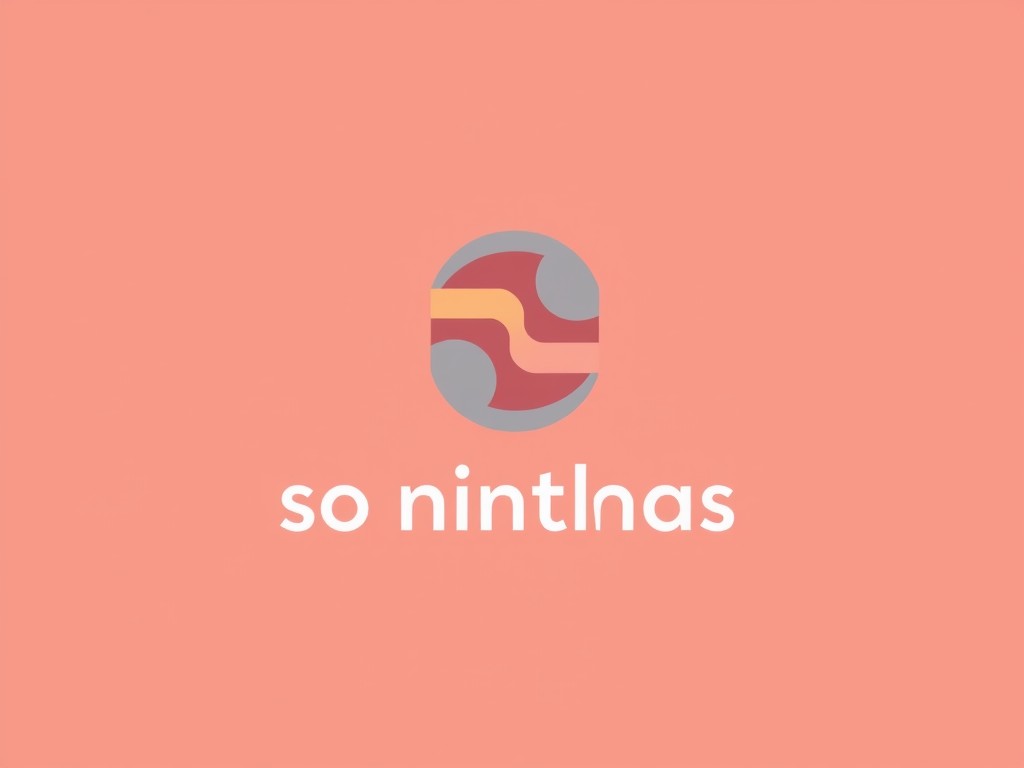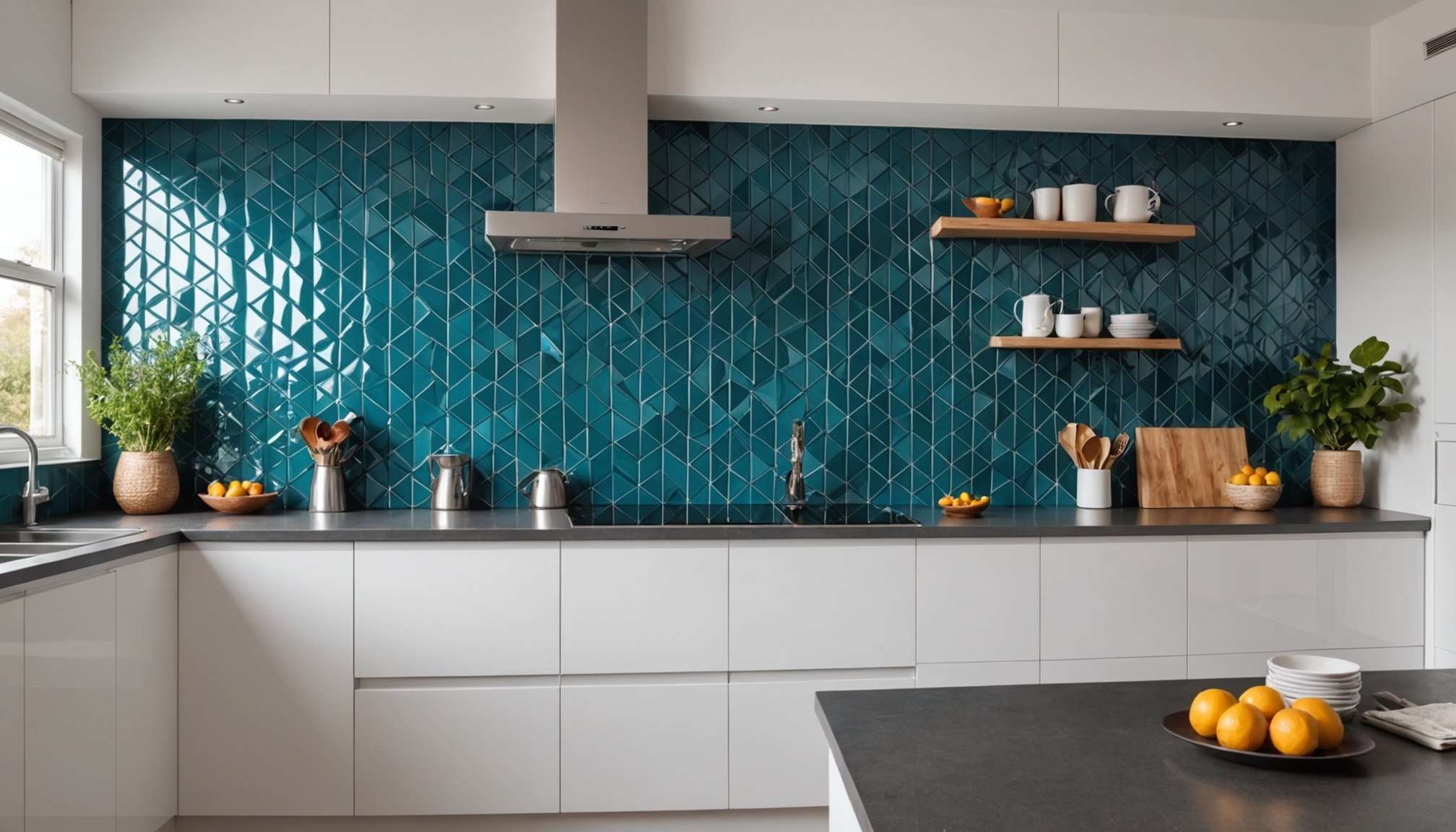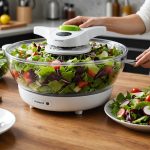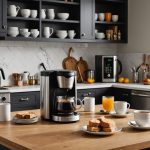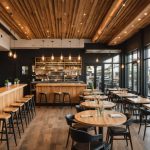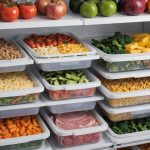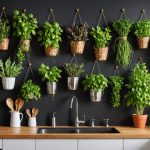Transformative Splashback Materials
Incorporating modern splashback materials can significantly elevate a minimalist kitchen design. Choosing the right materials involves understanding their durability and maintenance requirements. For instance, tempered glass is celebrated for its robustness and easy cleaning, making it a popular choice. Similarly, stainless steel offers a sleek, industrial look while being resistant to heat and stains. For those keen on eco-friendly options, recycled glass tiles and reclaimed wood splashbacks contribute to sustainability, while still fitting a minimalist aesthetic.
Among trending splashback materials, ceramic tiles stand out due to their versatility and extensive range of colours and finishes. They are easy to clean and can withstand the rigours of a busy kitchen environment. Meanwhile, concrete is gaining popularity for its raw yet refined appeal, though it requires sealing to prevent stains and moisture damage.
Topic to read : Elevate your kitchen aesthetics: ultimate tips for designing a flourishing herb wall
The use of modern splashback materials in minimalist kitchens not only enhances the visual appeal but also contributes to a functional and sustainable space. Understanding the longevity and upkeep of each material ensures you make an informed decision that complements your kitchen’s simplicity without sacrificing quality or sustainability.
Color Trends for Minimalist Kitchens
Selecting the right splashback color trends can greatly influence your kitchen’s perception. Neutral tones such as white, grey, and beige are staples, seamlessly blending with a minimalist aesthetic. They provide a serene backdrop, emphasising simplicity and creating a sense of openness. Did you know that using light colors can make smaller spaces feel larger and more inviting? This is because they reflect natural light, giving the illusion of a more expansive area.
Also read : Ultimate guide to choosing the perfect heavy-duty kitchen sink: key factors to consider
Conversely, incorporating dark colors like navy or charcoal adds depth, offering a bold contrast that can make elements of the kitchen pop. This choice might suit larger spaces where such hues add a dramatic touch without overwhelming the design.
When choosing a color, consider the existing elements in your kitchen. It’s important to create harmony; if your kitchen has wooden cabinetry, colours like soft green or muted blue can add warmth without competing with natural wood tones. Also, think about the undertones—cool colours with blue or grey undertones complement stainless steel appliances, while warm tones work well with brass fittings.
Remember, your choice should enhance both functionality and aesthetics, supporting a seamless flow throughout your minimalist space.
Patterns and Textures for Modern Appeal
Incorporating minimalist splashback patterns is a creative way to introduce visual interest to your kitchen without overwhelming its simplicity. Geometric designs, such as hexagons or simple lines, offer a modern touch and are perfectly aligned with a minimalist aesthetic. They subtly break the monotony and can become a conversation piece.
Textures add depth, transforming a plain splashback into an inviting feature. Options like matte finishes or textured glass create a tactile experience, offering dimension while maintaining a clean look. For those desiring a more organic feel, stone or concrete textures can impart warmth and robustness.
A clever use of patterns is to create focal points. For example, placing a patterned splashback behind the stove can draw the eye and frame the cooking area as a central element. Alternatively, a textured band running through the area can break visual continuity, adding interest without clutter.
When choosing patterns, it’s essential to balance with existing elements in the kitchen. Ensure they complement rather than compete with other design features, maintaining the calmness and elegance typical of a minimalist space.
Practical Installation Tips
Investing time in learning splashback installation can enhance your minimalist kitchen’s aesthetic. DIY installation allows flexibility and creativity, but it’s crucial to weigh it against professional installation.
DIY vs. Professional Installation
DIY offers cost savings and personalisation. It suits smaller projects where precision isn’t critical and requires a few specific tools. However, intricate designs or high-end materials may demand professional expertise to ensure a flawless result.
Pros of DIY:
- Cost-effective for basic projects.
- Customisable, tailored to your space.
- You learn a new skill.
Cons of DIY:
- Time-consuming, especially for newcomers.
- Risk of errors impacting the final look.
Pros of Professional Installation:
- Time-efficient with guaranteed results.
- Ideal for complex patterns and sensitive materials.
Tools and Materials
For a successful DIY project, gather essential tools and materials:
- Adhesive and sealant.
- Tile spacers and a level.
- A tile cutter and measuring tape.
Remember, careful planning and patience are key, whether you opt for DIY or professional help. Proper preparation ensures that the splashback complements your minimalist design and stands the test of time.
Maintenance Best Practices
Keeping up with splashback maintenance not only preserves the beauty of your minimalist kitchen but also extends its lifespan. Regular cleaning with the appropriate products is essential to maintain aesthetic appeal.
Recommended Cleaning Products
Different materials require specific cleaning agents. For modern splashback materials like tempered glass and stainless steel, non-abrasive cleaners are ideal to avoid scratches. For ceramic tiles or concrete, a mild detergent mixed with water works efficiently. Eco-friendly options are available, ensuring a sustainable approach to kitchen maintenance.
Routine Maintenance Tips
To ensure durability and appearance, develop a consistent cleaning routine. Daily or weekly wipe-downs can prevent build-up of grime and grease. Seal porous surfaces, like concrete, regularly to guard against stains and moisture damage. Moreover, addressing spills immediately keeps bacteria and odours at bay.
Common Mistakes to Avoid
Avoid harsh chemicals that might damage the surface finish. Pay attention to the manufacturer’s instructions for each material type. Overlooking maintenance can lead to discolouration and degradation. Regular checks for any wear or tear enable timely repairs, maintaining your kitchen’s minimalist elegance. With thoughtful care, your splashback remains a striking feature of your kitchen for years to come.
Cost Considerations and Product Recommendations
Understanding splashback cost estimates is crucial when planning a minimalist kitchen. Prices vary significantly between materials. For example, tempered glass might range from $150 to $300 per square metre, reflecting its durability and ease of maintenance. Stainless steel offers a mid-range option, typically costing between $40 and $80 per square metre. More economical choices like ceramic tiles can cost as little as $20 per square metre, while still providing diverse design possibilities.
When considering product recommendations, brands like Splashback World and Tile Depot are renowned for quality. Splashback World offers a variety of glass and steel options, while Tile Depot provides extensive ceramic tile collections, ideal for minimalist designs.
For the budget-conscious, exploring budget-friendly solutions is key. Recycled glass tiles, priced from $50 per square metre, marry sustainability with affordability. Additionally, local suppliers often offer sales or discounts, making quality materials more accessible. When opting for lower-cost materials, ensure they meet durability and maintenance needs to sustain your kitchen’s elegance without compromising function. Prioritising these factors allows for a stylish, practical kitchen that honours your budget.
